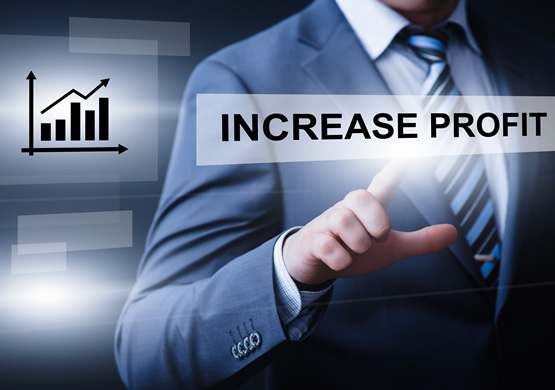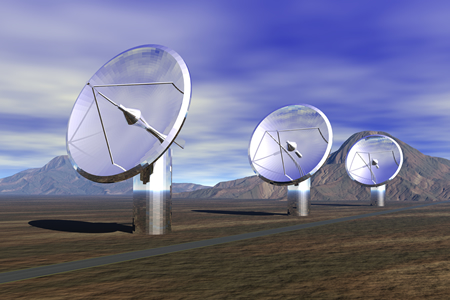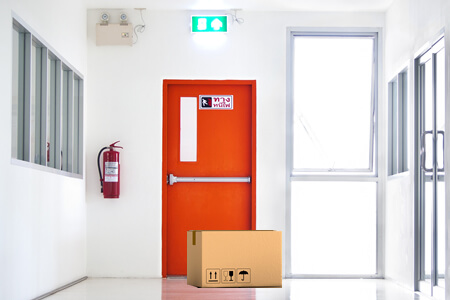How to Maximise Revenue and Profits in Retail
How to Improve Profitability in Retail
As we have seen through previous blogs that explored the need for Health & Safety Management Software and how deploying appropriate AI driven technology may be used to improve occupational Health & Safety, a common denominator was the removal of humans from the reporting loop. But how can this improve overall profitability and help to deliver tools that also maximise the ability to capture revenue within a retail environment? Central to the content delivered by these blogs was also the question of why do we use humans for a wide range of operational tasks when humans have a poor perception of risk? Particularly when research has shown the latter to be driven by numerous behavioural factors, which are hardwired into cognition and skew decision making.
Humans have pretty much a unique ability to ‘see’ and then communicate what they have ‘observed’ to others, they can also do so at a price determined by the labour market. In short, humans can provide an extremely cost effective warning system. However, as noted within this blog, which discusses the impact of heuristics upon decision making, what humans ‘see’ and subsequently ‘observe’ can therefore be quite different. This phenomenon is a direct result of decision making processes being influenced by numerous cognitive shortcuts. For example, confirmation bias and bounded awareness can filter, or even completely obscure, large amounts of information that may be critical to arriving at a correct decision. This gives humans somewhat flawed and unreliable decision making, characteristics that are undesirable when relying upon them for raising alerts.
Let’s explore the above points and related factors through the lens of behavioural science. We can then compare performance to that available from technology, for example replacing human eyes and related decision making with recent developments in computer vision coupled to AI driven software solutions.
Human vs Computer Vision for Operational Efficiency
As noted above, research has shown how humans ‘see’, but do not necessarily ‘observe’. For example, a paper from the Health and Safety Executive identified 15 individual human factors, which played a significant, avoidable and common contributory role within numerous slip and trip incidents. It also described how humans have a poor perception of risk, a factor driven by confirmation bias and bounded awareness, which delivers somewhat of an unreliable reporting system. These processes have the ability to manufacture decisions that produce disastrous outcomes, as noted by research from NASA into the causes of the Challenger Disaster, which cited exactly the same underlying causes.
So what are the options? Let’s take a look.

Research reference within a recent whitepaper, which focused upon How Loss Prevention Software Improves the Bottom Line, highlighted how computers are good at things that humans are not. For example, computers excel at repetitive tasks, parallel processing and data manipulation. Unlike humans they also follow strict rules as they are specifically programmed to do so; for example, raising alerts triggered by a predetermined set of conditions. However, and quite interestingly so, humans also excel in areas that technology struggles, in particular critical thinking and strategy formulation.
Consider for a moment taking humans out of the reporting loop, then using technology combined with computer vision to deliver alerts to them. Humans can then use their critical thinking and strategy formulation abilities to mitigate against the risks of which they have been notified. Through combining respective characteristics, it may be possible to deliver a high performance work system that delivers an ‘excellent’ perception of risk along with ‘superb’ corrective abilities. This is not a new concept or paradigm, the aviation industry has relied on this type of approach for years to deliver the safest mode of transport through using an array of sensors (e.g. height, attitude and speed perception) to generate alerts, which notify pilots who can then rapidly deploy mitigation strategies to correct the situation at hand, whether they are flying to low or about to enter into a stall.
This level of technology has remained too expensive and out of reach for most businesses, who in turn still rely upon unreliable human reporting and then pay the price when this flawed system goes wrong. However, recent developments in computer vision and AI software now gives businesses an opportunity to release significant latent value from existing CCTV infrastructure by delivering a whole greater than the sum of the collective parts. By correctly aligning technology with human capital, and doing so at affordable price points, businesses now have within reach the ability to disrupt entire sectors by stripping the costs of disastrous decisions through turning their organisations into ‘decision factories’ (McKinsey Quarterly April 2019).
By deploying low cost, low bandwidth AI software solutions, which can sit on existing networks, businesses may now release latent value from their organisations that has so far remained buried with CCTV. More specifically, through using AI to mine and gather related data, businesses can turn this raw data into usable information and therefore facilitate highly accurate and precise decision making. This in turn gives organisations an incredible opportunity to increase overall operational efficiency along with proficiency from their investment within human capital. Recent research published in the Harvard Business Review indicates that by inspiring employees, through giving them what they need to become effective with their role, organisations can produce two and a quarter times the output from the same employee (source). These outcomes wash straight down to the bottom line and improve overall profitability.
How to Maximise Revenue in Retail – AI Driven Notifications
The power of ‘on shelf availability’ in retail has in recent times been shown to devastating effect by Justin King, when he first took over the reins at Sainsbury’s. At that time, their shops did not have the stuff on shelves that people needed (source). King fixed this, so that customers were able to complete their shop, which maximised revenue per customer per visit and minimised the need for them to visit competing businesses. As an aside it also promoted store/brand loyalty – ‘It was a sign of his mentality - make the basics work’.
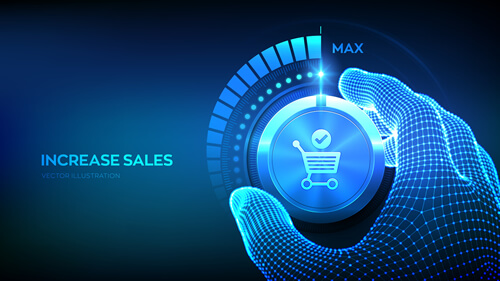
Let’s develop this concept a little further. Even if stores carry respective lines and benefit from well stocked stock rooms they can still fall foul of related drivers, which result from on-shelf replenishment cycles. This can lead to lost sales whilst respective processes remain a work-in-progress, for example the time taken by a human floor walking and spotting that a shelf has become bare, to taking action to replenished it from the stock room. Note that a typical supermarket may stock up to 40,000 different product lines (source), and you simply cannot sell what you do ‘not’ have available on shelf to buy. So how do you cover-off this substantial risk to revenue, wherein products may reside in stock rooms, but are not on shelf ready for purchase?
We are back once again to relying upon humans’ floor walking, so that they identify and report specific discrepancies but this, as we have seen, is an unreliable reporting system. Or, as for an alternative, consider AI software sitting on existing CCTV networks that automatically provides notifications to improve in-store on-shelf stock availability. May sound a bit far-fetched, but this level of technology already exists – Contact Us now for more information.
Retail Store of the Future – Improved Profitability!
This is where we return to the two questions posed at the beginning of this blog, namely how can you improve profitability when relying upon a reporting system that research has shown delivers a poor perception of risk? In short, you cannot.
Now consider a retail store of the future wherein AI software driven notifications, utilising existing CCTV computer vision infrastructure, help to guide the activities of the human capital employed within. The outcome delivers a combined high performance work system that not only identifies and facilitates quick and efficient removal of slip and trip hazards but also maintains planogram compliance and even detects suspicious behaviour.
Not only do these solutions improve profitability through mitigating the risk of related regulatory fines for breach of health & Safety legislation along with negating the huge cost to business of personal injury claims. They also allow those that adopt this level of technology to differentiate themselves from their competition by becoming the safest place to work and shop, which raises the bar in key areas of corporate social responsibility and customer experience. We then have the clear benefits of maintaining planogram compliance and minimising shrink, which wash straight down to the bottom line.
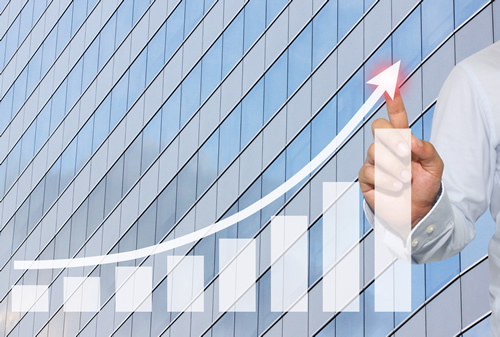
Ocucon and SeeChange have embarked upon a mission to deliver this level technology for retail and to do so at affordable price points that provide rapid ROI. Contact Us now to find out how our technology may improve your profitability and competitive positioning.
